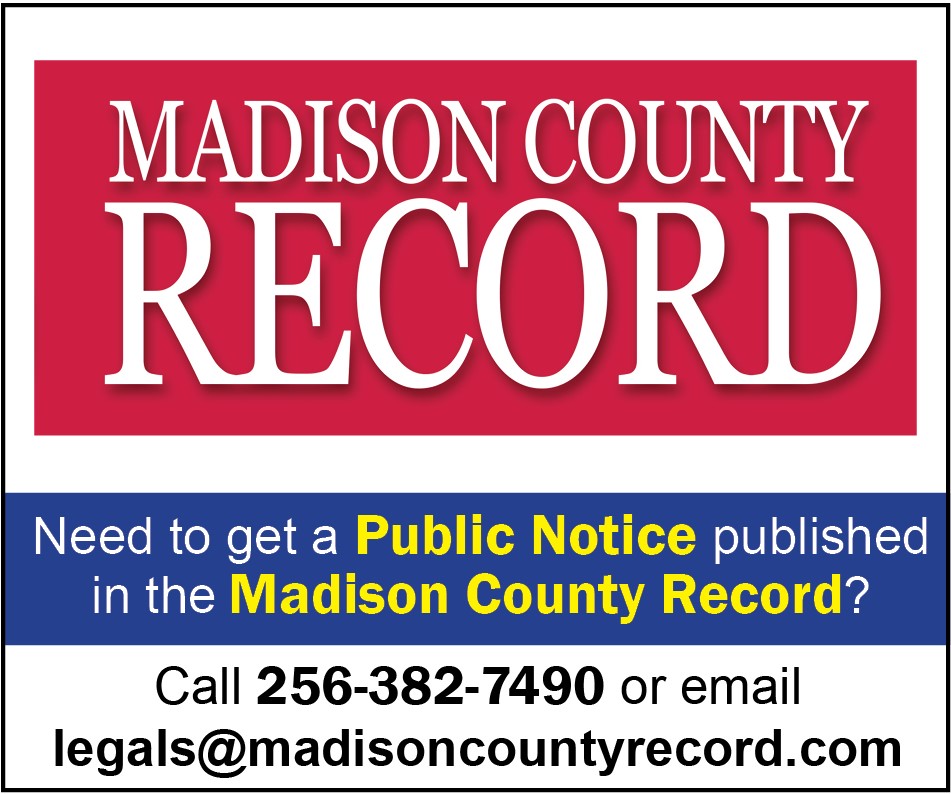UA offers safety tips for viewing eclipse
MADISON – For the first time in 99 years, a total solar eclipse will move from coast to coast across the continental United States Aug. 21, and all of North America will experience a partial eclipse.
Astronomers at the University of Alabama urge people to view the phases of the eclipse safely by not looking directly at the sun. Although the state of Alabama will not be under a total solar eclipse, an opportunity to view a partial solar eclipse will be available.
“The sun light is just as dangerous during an eclipse as any other day, but we tend not to want to look directly at the sun normally” Dr. William C. Keel said. Keel works as a professor of physics and astronomy at UA.
Alabama, though, will be in a partial eclipse with ranges from 80 percent of the sun covered by the moon near Mobile to 98 percent coverage in the northeast corner of the state, Keel said.
The best way to view the partial solar eclipse over Alabama that day are pinhole projections, solar filters and projections from telescopes or binoculars, Keel said.
With pinhole projection, sunlight passes through a small hole and makes an image of the sun on whatever surface used as a screen. A puncture in cardboard or aluminum foil works well, but any material works, and even gaps in tree leaves can project the eclipse onto the ground, he said.
Solar filters are thin films in a cardboard or plastic mount. Only special-purpose solar filters, such as eclipse glasses or handheld solar viewers, are sufficient to look at the sun.
Using projections through lenses, most telescopes and binoculars can focus enough to project a sharp image of the sun onto a sheet behind the eyepiece. Telescopes with eyepieces at a 90-degree angle from the tube offer easy ways to shade the image for clearer views, Keel said.
A partial eclipse will look like the moon is taking a bite out of the sun,” he said.
For more information, visit ua.edu/news/news-media.

















